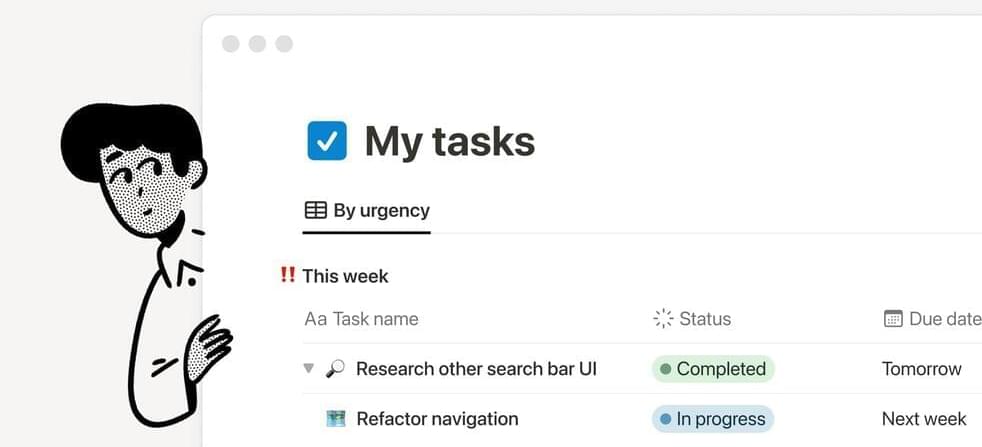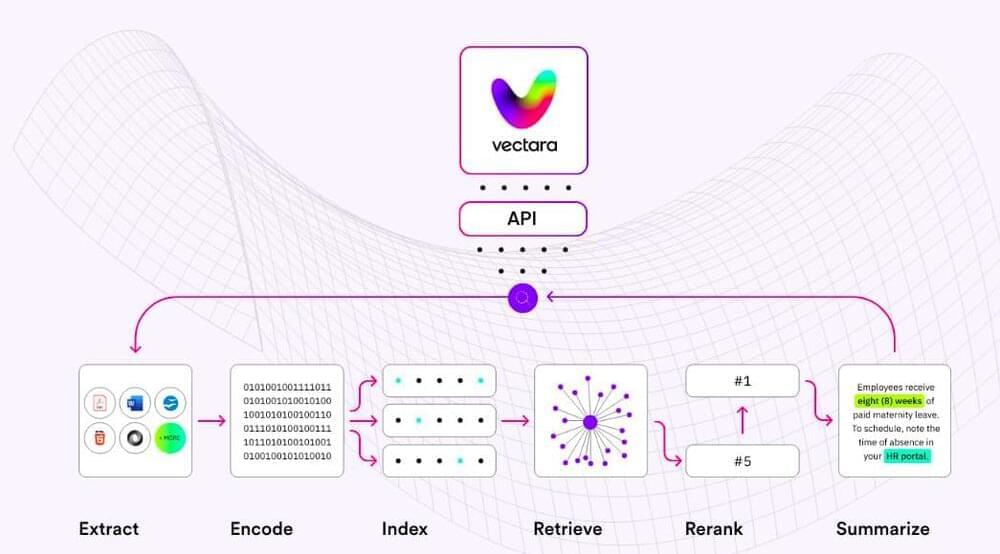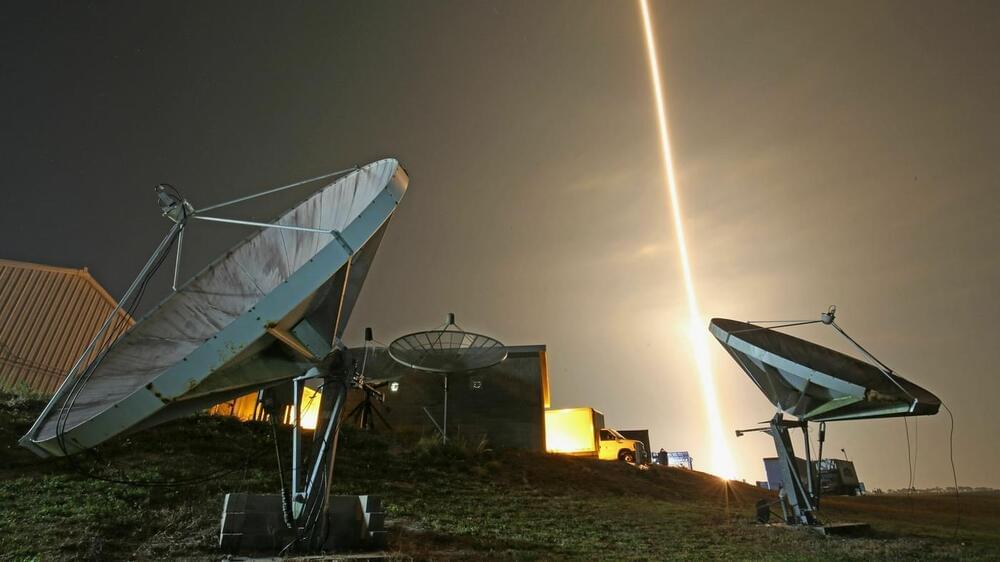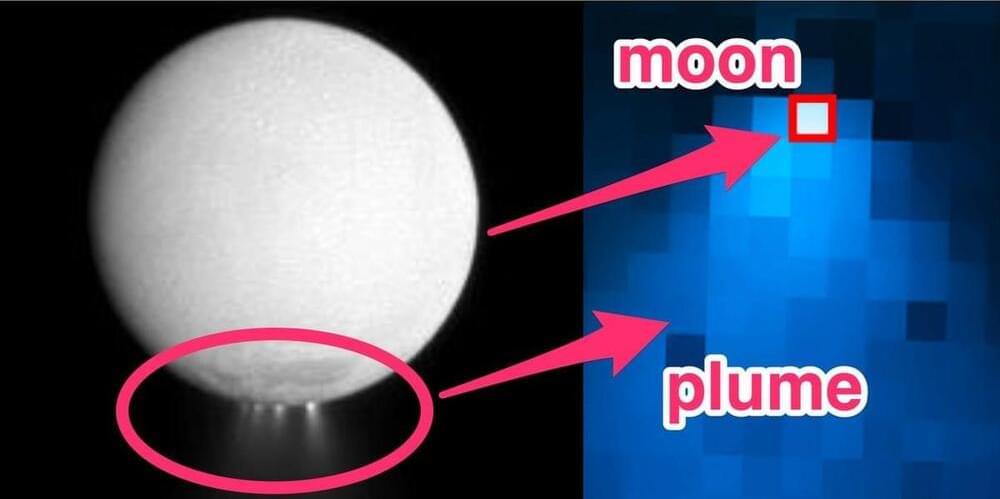Workplace collaboration tools are supposed to make things easier. I think they just make everything more complicated.
From my personal experience, these tools require quite a bit of manual input from users and are limited in their scopes of functionality. Strategy documents, proposals, roadmaps, meetings and notes may be found living in separate apps.
Notion hopes that AI can help cut down on the fragmentation within this space with its new product, Notion Projects. Projects aims to connect all aspects of collaboration in one place, making it easier for teams to plan, manage, and execute work, with the help of AI LLMs from OpenAI and Anthropic.







